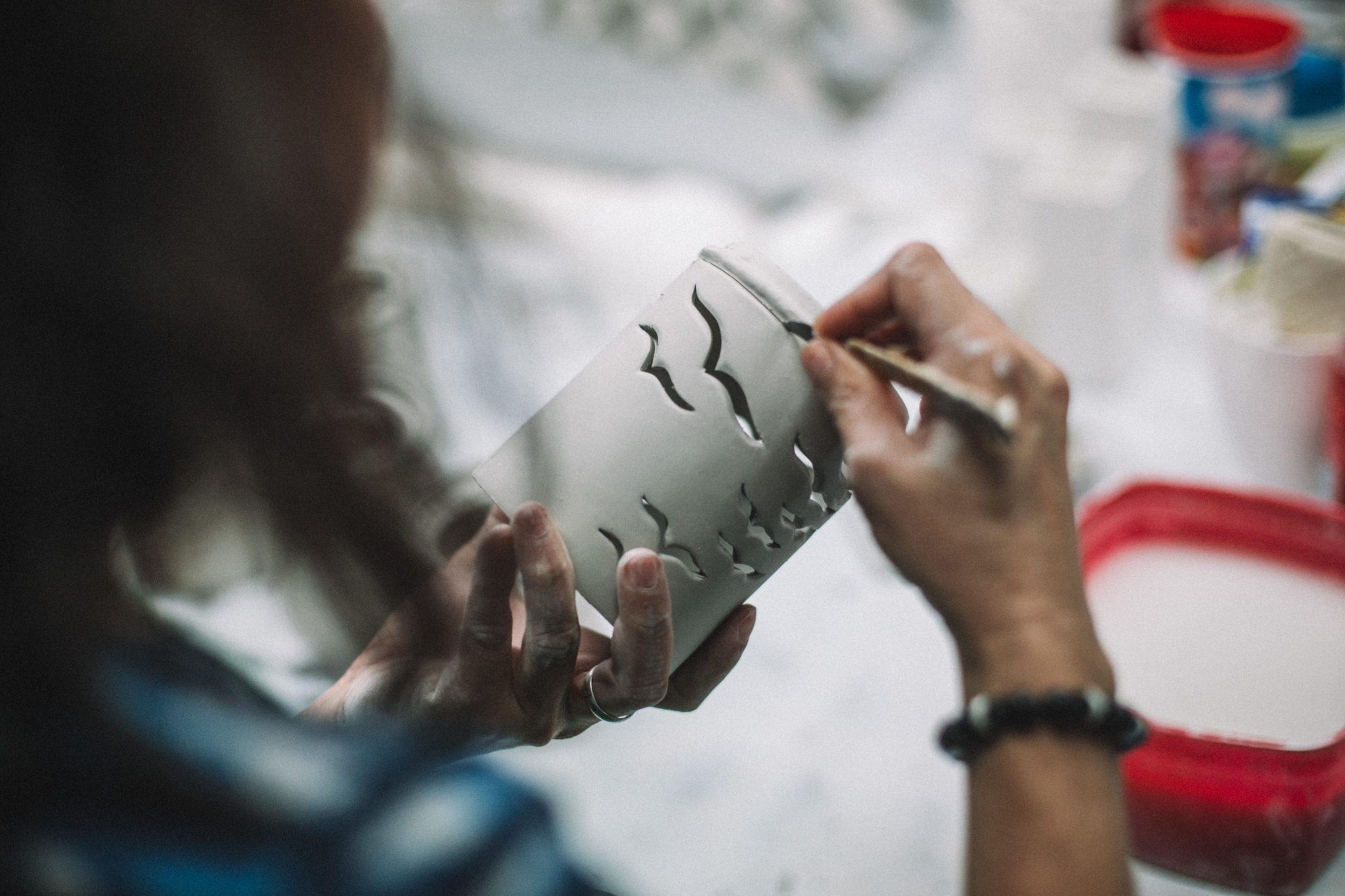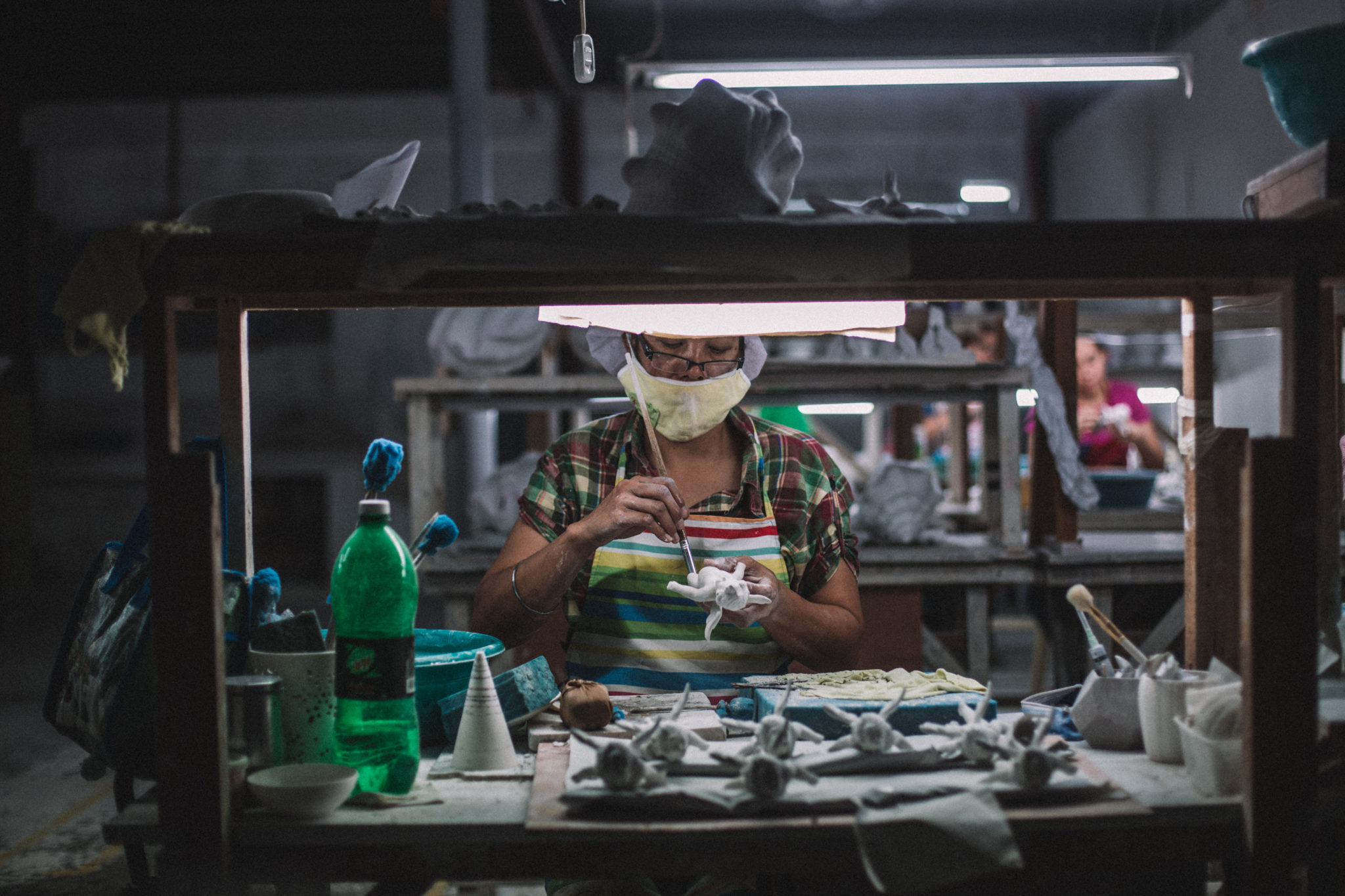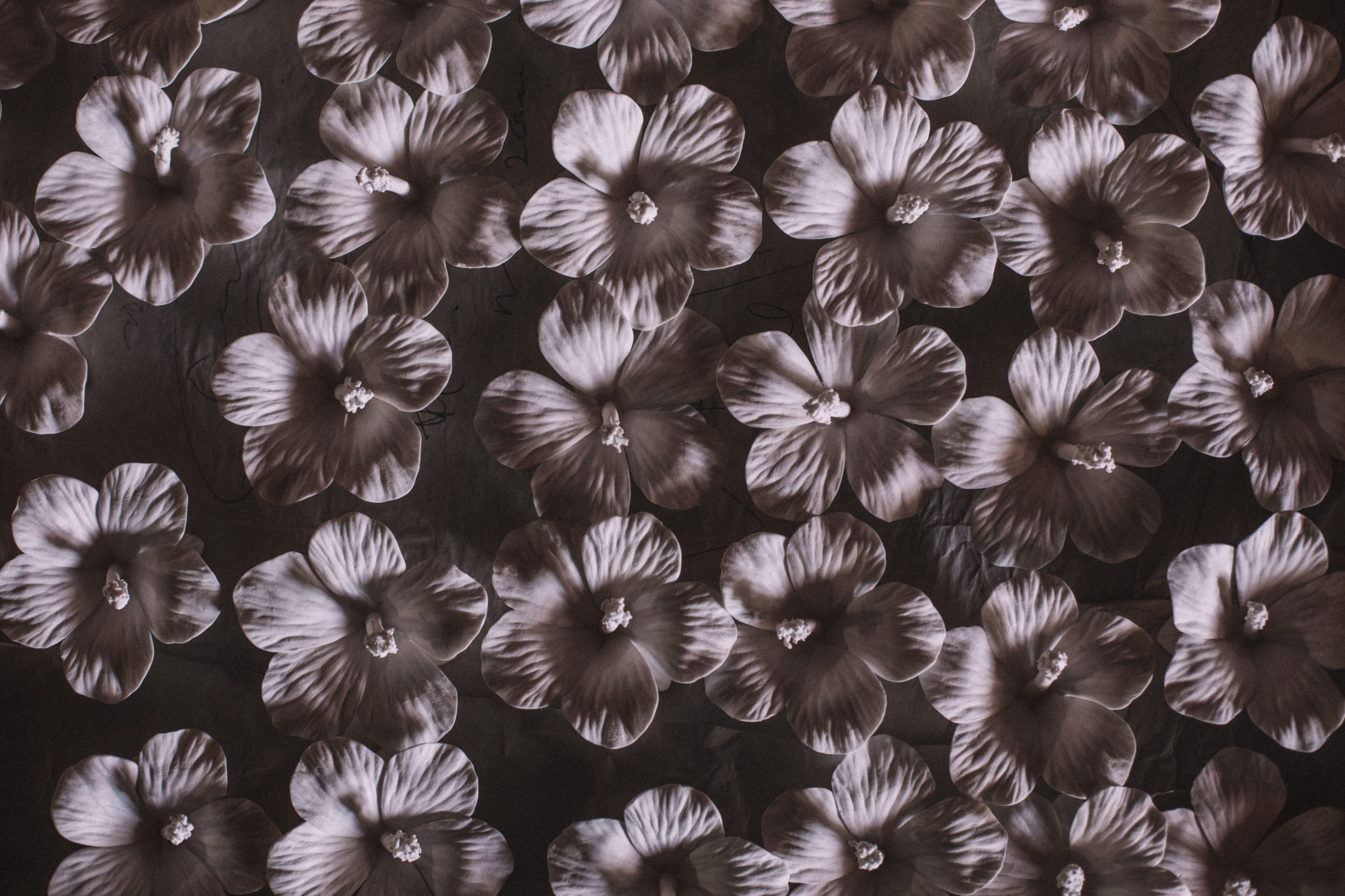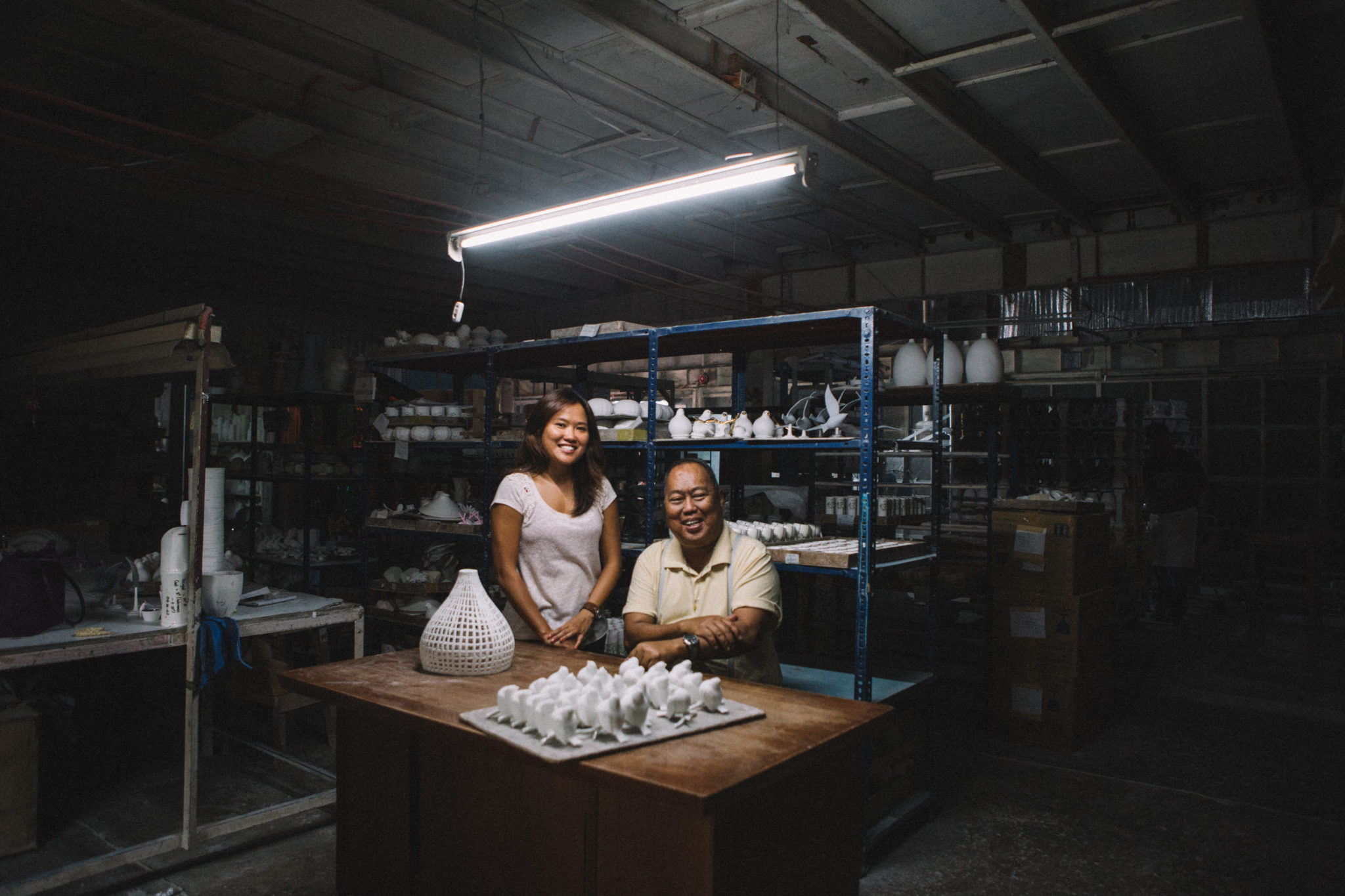Food industry insiders understand that customers eat with their eyes. Aside from the way the food is presented as it exits the kitchen, the vessel upon which it rests duly contributes to the customer’s first impression.
This is one element CSM Philippines, Inc. has been helping many restaurants with for more than two decades now. “My father started the company in 1994, after the ceramics company he had worked for shut down,” recalls marketing manager Erika Manrique.
“There was a lot of competition from China during those days, so he decided to focus on fine bone china, which is more high-end and takes more skill to make.” Among the brand’s products are decorative home items, dishes, and teapots.
Strength and beauty
The family business was affected by the entry of the Chinese into the market in the early 2000s, but their clients in Europe, United States, Japan, Australia, Singapore, Malaysia, and Hong Kong kept coming back because of the high quality craftsmanship.
“We are very stringent with our standards,” Manrique says. “Our competition can experience as much as 50 percent returns because of defects. Meanwhile, our control standards are high, to the point that [even when] I could not find anything wrong with the product, it does not pass the eagle eyes of our quality assurance staff.”
When dinnerware is poorly made, a cup could leak or a bowl would be unsteady when placed on the table. Impurities or the use of low-quality components also affect the whiteness and translucency of the final product. These are things that the company is always on the lookout for. Manrique shares that even though CSM’s bone china is finer and daintier than regular porcelain, it does not chip as easily. “It is safe even for dishwashers and you can also use it in the microwave.”


It is this attention to detail that has landed them contracts with big home stores such as Pottery Barn and Crate and Barrel. One of their bestsellers for several years was a tea light candleholder that even made it to the cover of the home brand’s Christmas catalogue. “We also make sure that we modernize our designs and offer new ones that appeal to our overseas market.”
“Our booth abroad is always full of people who admire our work. I would notice people who pass by every day just to look at our items. They could not believe that we can produce something like this here, and a lot of them have not even heard of the Philippines,” says Clemente Manrique, Jr. who started CSM Philippines, Inc. in 1994.
She reveals further that the United Kingdom market looks for details while clients in Singapore request designs that are simple and elegant. “The Japanese and Australians want those that look cute, and the Scandinavian market has a different aesthetic.”
In the Philippines, they are trying to release a homegrown brand called Mayumi, as the market is looking for something that is “branded” especially for products in upscale stores. At the moment, local buyers can only purchase CSM Philippines items at their workshop in Laguna, or in shops like W17 in Makati. They also accept custom orders from local designers and giveaways for major events such as weddings.
CSM Philippines and its heed for help

Like many businesses, CSM Philippines does have its set of challenges to deal with, among which is the foreign exchange rates, admits Clemente Manrique Jr., the father of Erika. “There are times when we’ve accepted orders when the exchange rate was high, and then by the time we were able to deliver, the value has fallen. Of course, we have to push through with the contract even if we are going to have a smaller profit margin.”
CSM Philippines, like other handicraft manufacturers, also looks for and needs government support for expositions abroad. “Our numbers have started to dwindle when it comes to joining trade fairs in other countries because it costs so much to join these events. It comes out of our own pockets. We spend on our trip to Germany every year,” he says. “We also ask for better assistance when it comes to filing paperwork, and maybe better tax breaks.”
It is difficult to be in this business these days, Clemente admits. What makes them plod on is the thought that there are many families relying on them. “The government has supported what it calls high-value industries such as BPOs because they allow for massive hiring. This kind of industry gives employment opportunities too, and it is also as important, because the people we hire are the less–privileged ones who have not had formal education; I have workers here who can’t read or write.”
Aside from the 90 employees they have at the moment, they also get subcontractors to help fill big orders. “Without the awards and citations, my biggest achievement is providing livelihood for our employees, helping them improve their lives.”

For the senior Manrique, who founded the company, another source of satisfaction is the chance to showcase Filipino creativity and craftsmanship overseas. “Our booth abroad is always full of people who admire our work. I would notice people who pass by every day just to look at our items. They could not believe that we can produce something like this here, and a lot of them have not even heard of the Philippines. Whenever we join fairs abroad, ang yabang namin; tumataba ang puso namin,” he says with a smile.
Originally published in F&B Report July-August 2015





